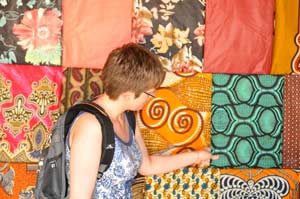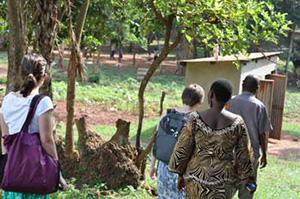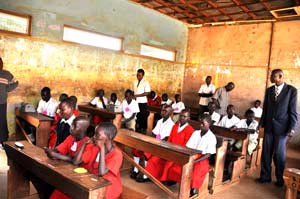Engineering is Elementary: Testing for Failure
EiE (Engineering is Elementary) finished the week with the Engineering Design Process. Ask, Imagine, Plan, Create and Improve are the five steps. In the small groups of three, the students sketched plans for their bridges. After reviewing the available materials, they wrote a list of supplies that they would need to get at the Store from Teacher Kate, keeping within the constraints of the amounts of each of the materials.
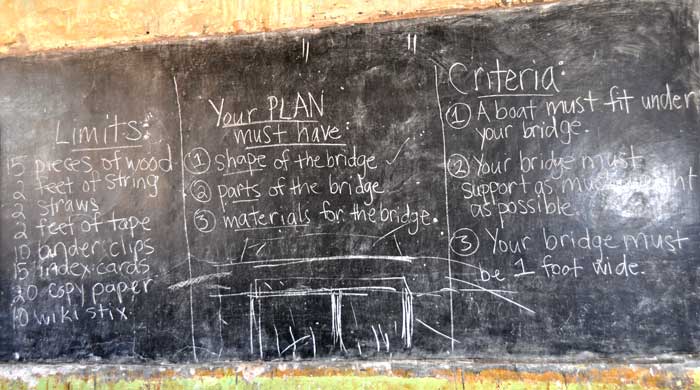
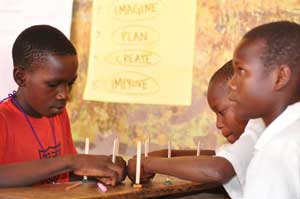
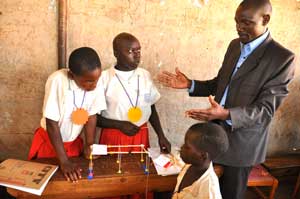
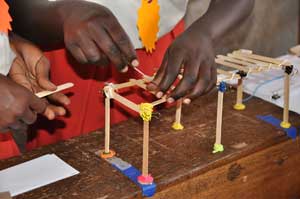
Sitting with the supplies, they began to experiment how to construct the bridges. Even the teachers were in suspense of how the problem would be solved. One clever student figured out that a wiki stix could be formed in a way that would hold the popsicle stick in place and this caught on among the other groups and then we saw binder clips, transparent tape and more wikis used to fasten the sticks and then the cross beams.
Recording the amount of materials used was the final step before testing for failure. First, a barge was passed under the bridge to check that the width was adequate. After that, notebooks representing pedestrians

